Building for Tomorrow
We're not just designing buildings - we're creating spaces that'll outlast trends and actually help the planet. It's about being smart with resources without sacrificing what makes architecture exciting.
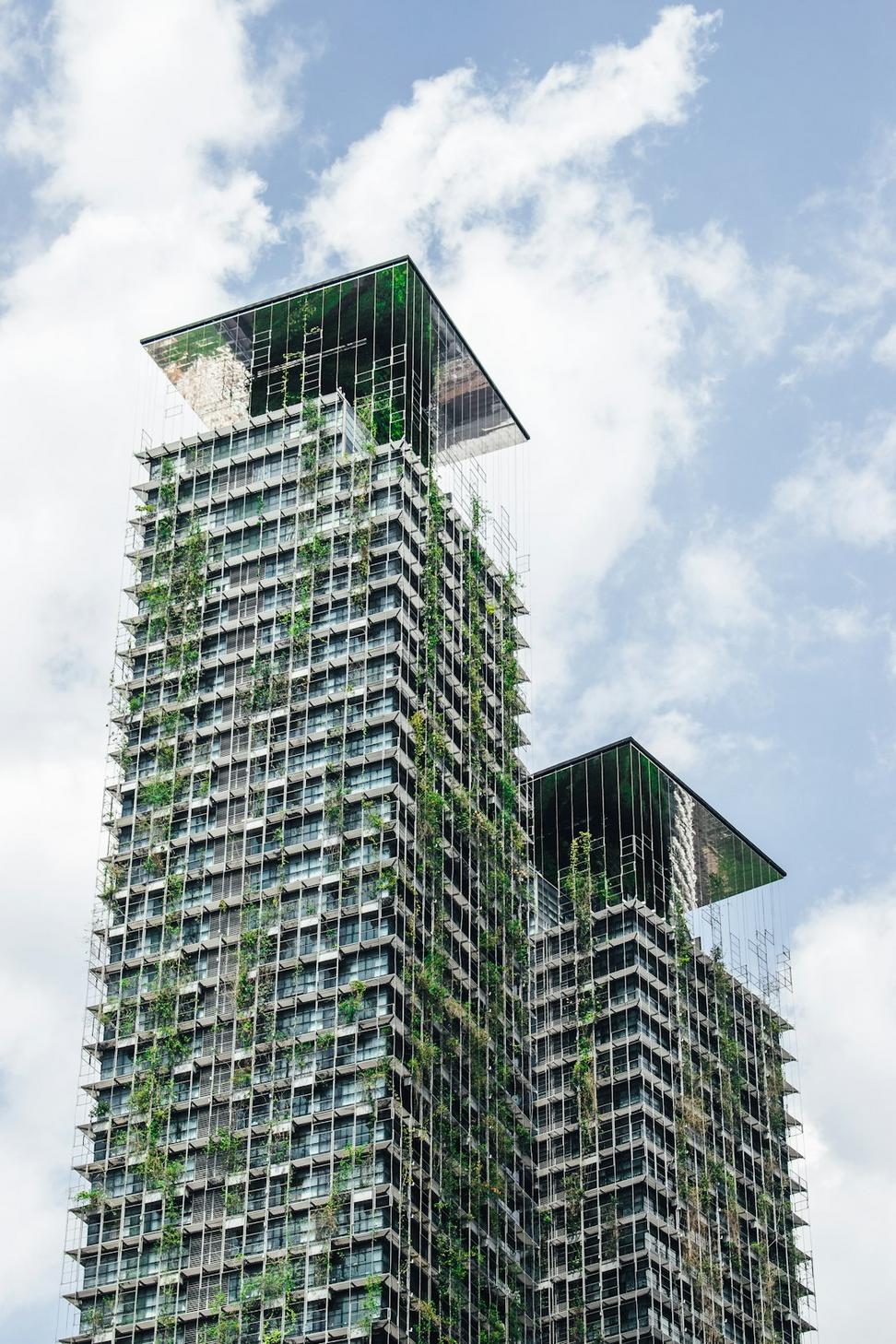
We're not just designing buildings - we're creating spaces that'll outlast trends and actually help the planet. It's about being smart with resources without sacrificing what makes architecture exciting.

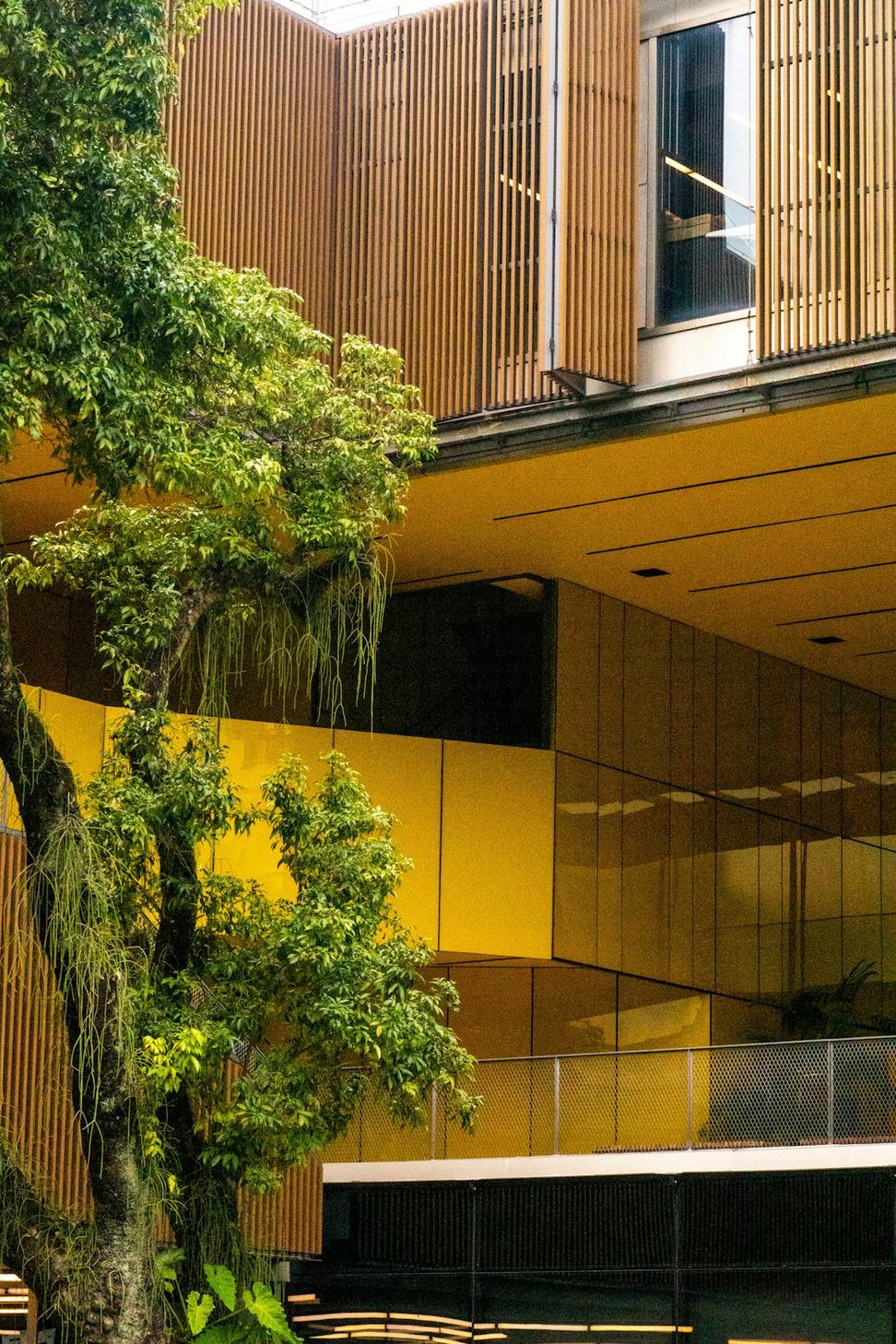
About eight years back, I was working on this residential project in Leslieville. Client wanted everything eco-friendly, and I thought I knew what that meant. Turns out, I didn't know half of it. That project kicked off what's become kind of an obsession.
These days, sustainability isn't some checkbox we tick off - it's baked into how we think from the first sketch. Whether we're restoring a century-old building or designing something brand new, we're always asking: how can this use less, last longer, and work better?
The cool thing? Sustainable design often leads to the most interesting solutions. When you're forced to think about sun angles, air flow, and material lifecycles, you end up with buildings that just feel right.
"Good sustainable design shouldn't announce itself. It should just make you wonder why all buildings don't feel this comfortable."
Real numbers from projects completed in the last three years
Average decrease in energy consumption compared to conventional builds in our region
Annual carbon emissions prevented through our completed sustainable projects
Construction waste diverted from landfills through careful planning and salvage
LEED and other green building certifications achieved since 2019
Been working with LEED standards since they first came to Canada. It's not perfect, but it gives clients a solid framework and third-party validation.
This one's intense - super tight building envelopes and crazy-efficient ventilation. The German engineering approach to energy efficiency, and it works.
The most ambitious standard out there. Only attempted it twice, but even trying pushes you to think differently about materials and systems.
Designing buildings that produce as much energy as they consume. Sounds impossible until you've done it once, then it's addictive.
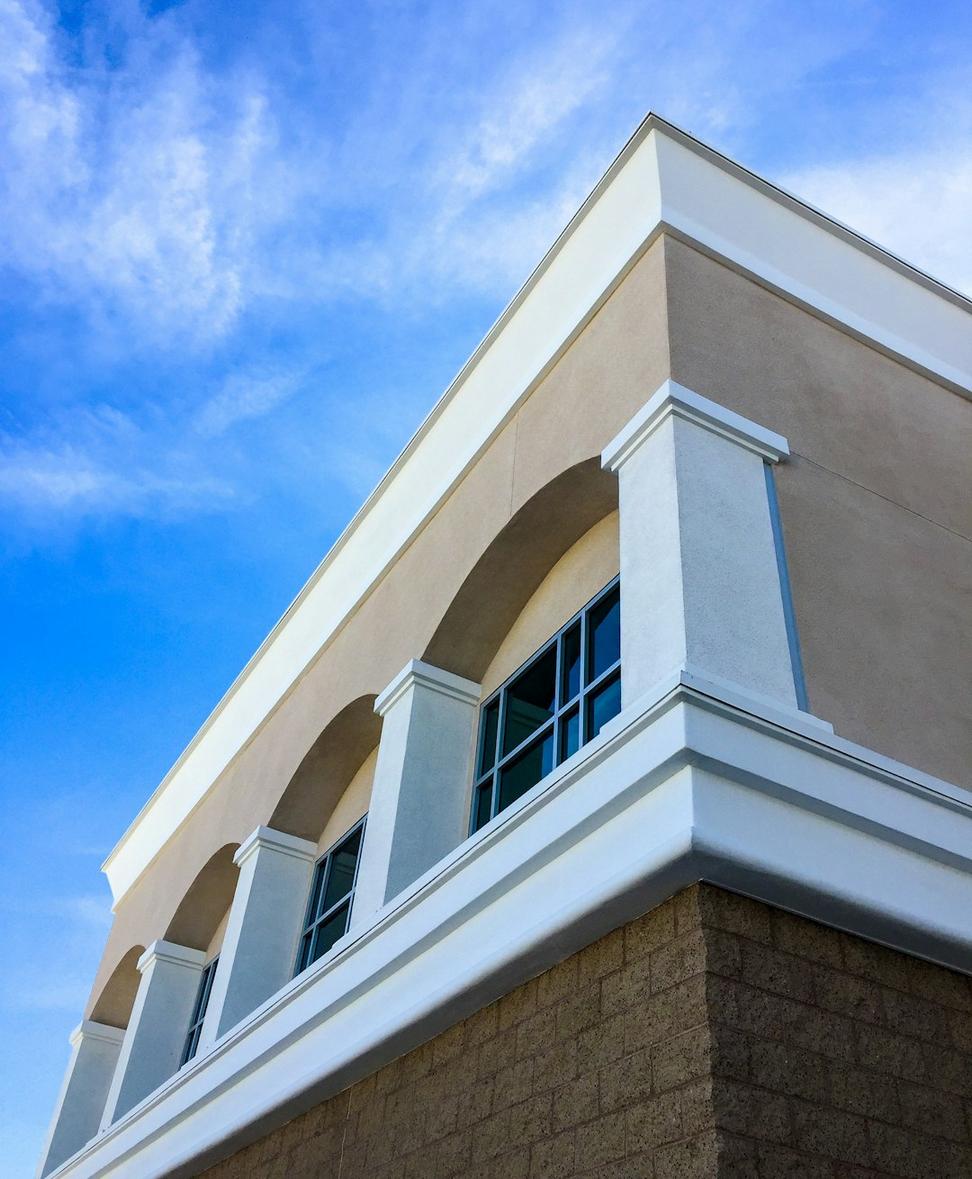
No greenwashing, just the real approach we take on every project
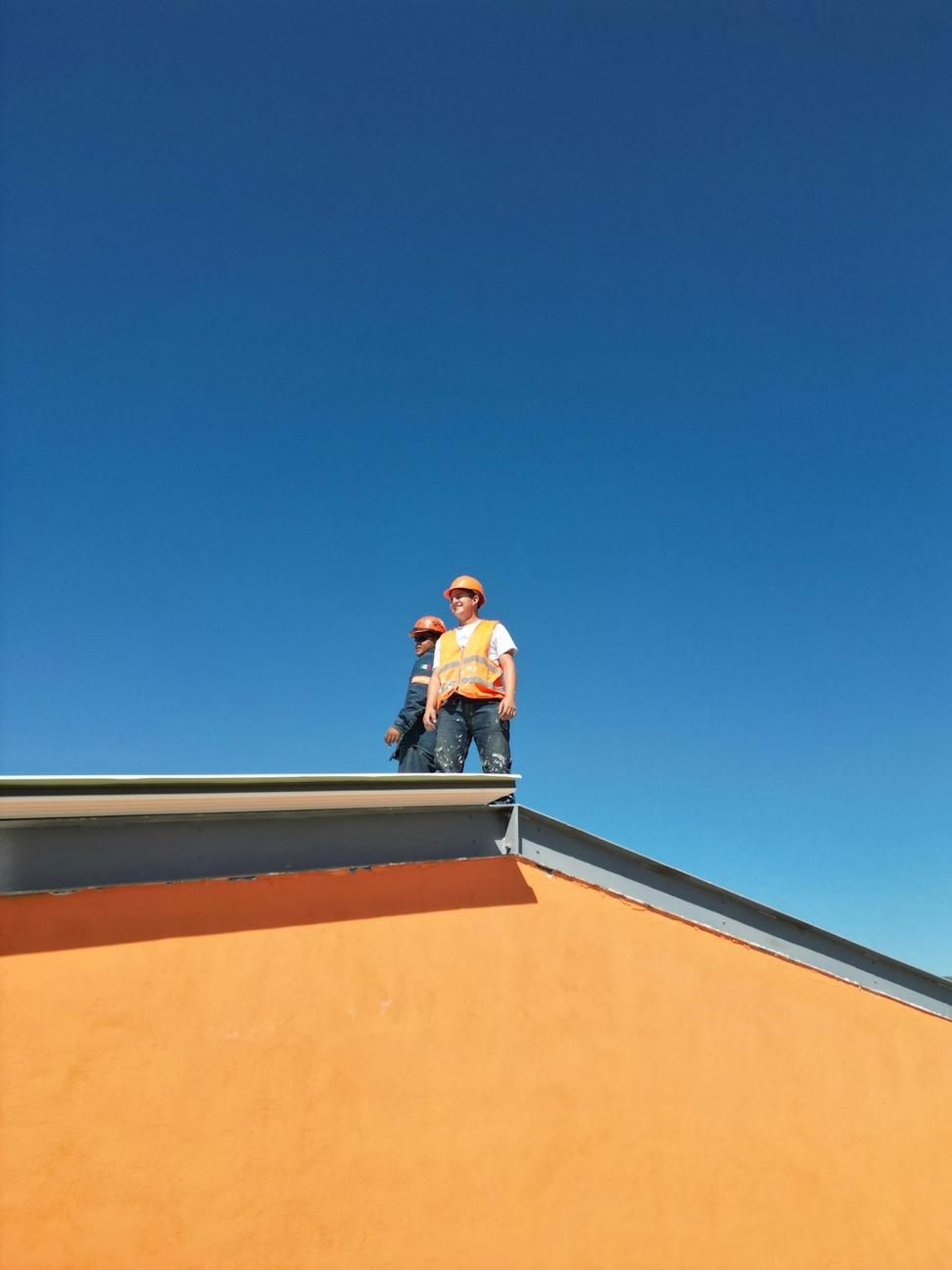
Before we draw anything, we're out there with a compass and some weather data. Which way does the wind blow? Where's the sun in January vs July? What's already growing there? Sounds basic, but you'd be surprised how many projects skip this.
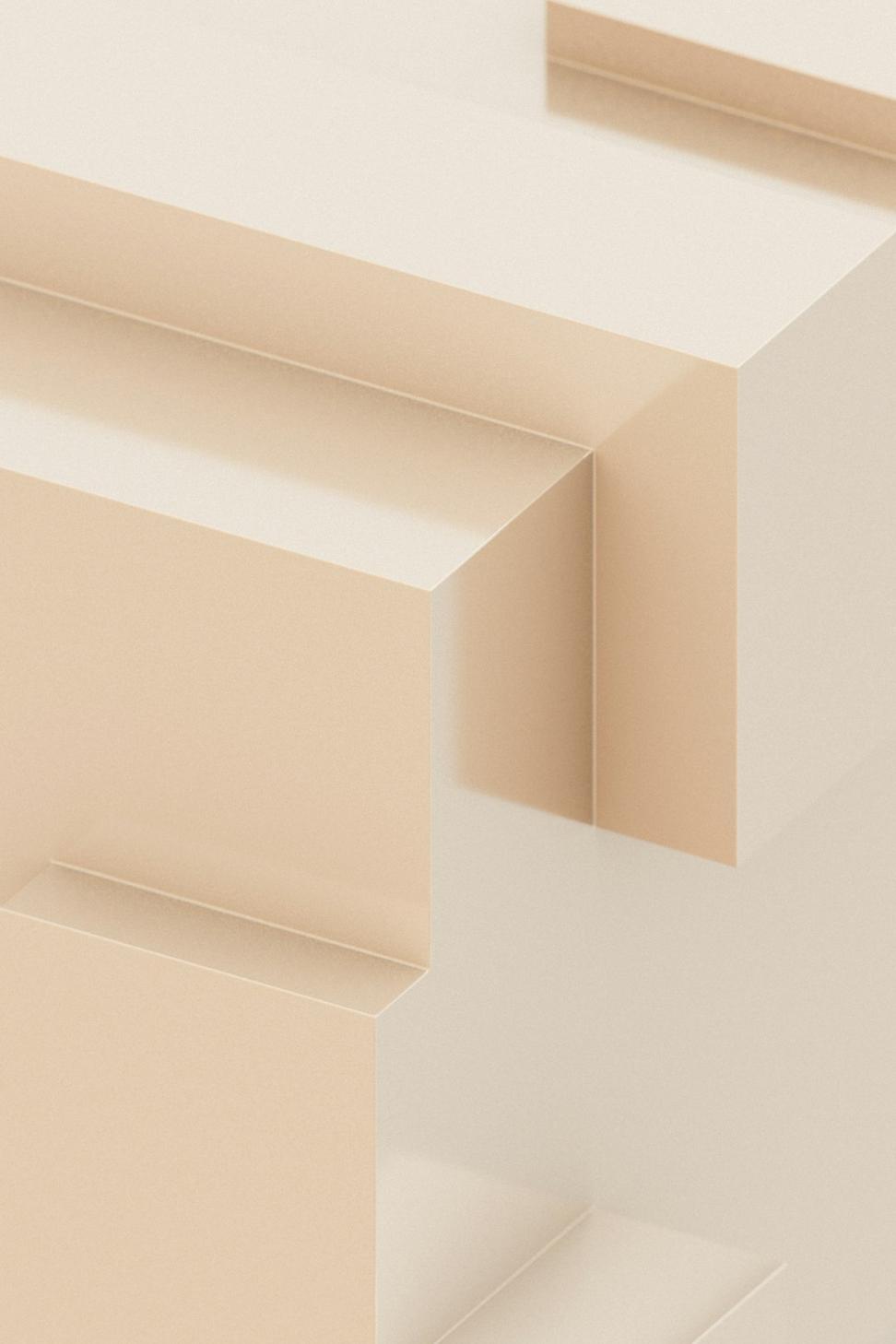
We dig into where stuff comes from - literally. That timber? Is it FSC certified or just labeled "eco"? That concrete? What's the actual embodied carbon? Sometimes the less sexy local option beats the trendy imported one by miles.

The boring stuff nobody sees makes the biggest difference. Proper insulation, heat recovery ventilation, efficient mechanicals. We spend way more time on this than most clients expect, but it's where you actually save energy.
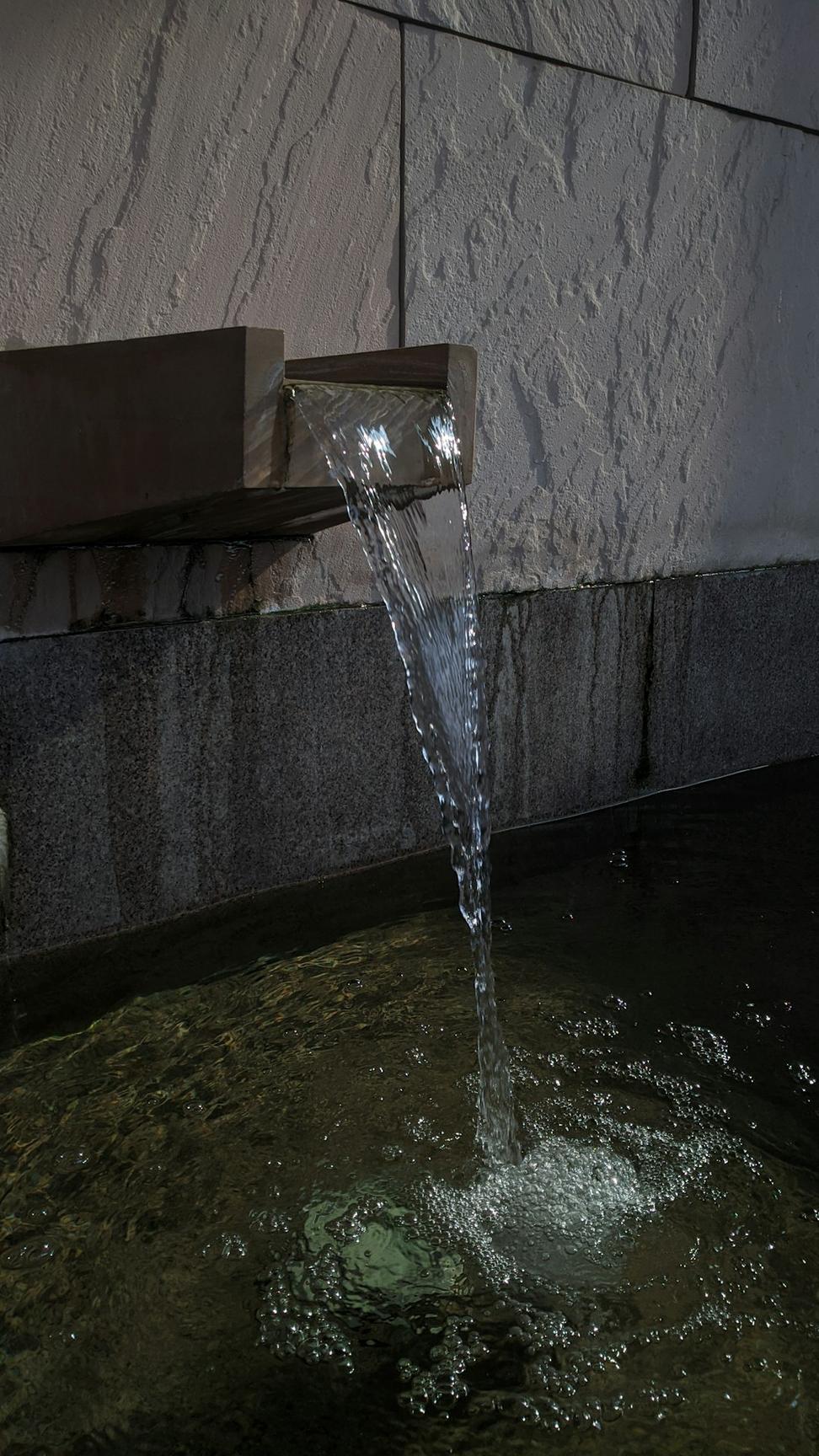
Rainwater collection, greywater systems, permeable surfaces. Water management isn't just about conservation - it's about working with natural drainage patterns instead of fighting them. Less flooding, lower bills, happier neighbors.
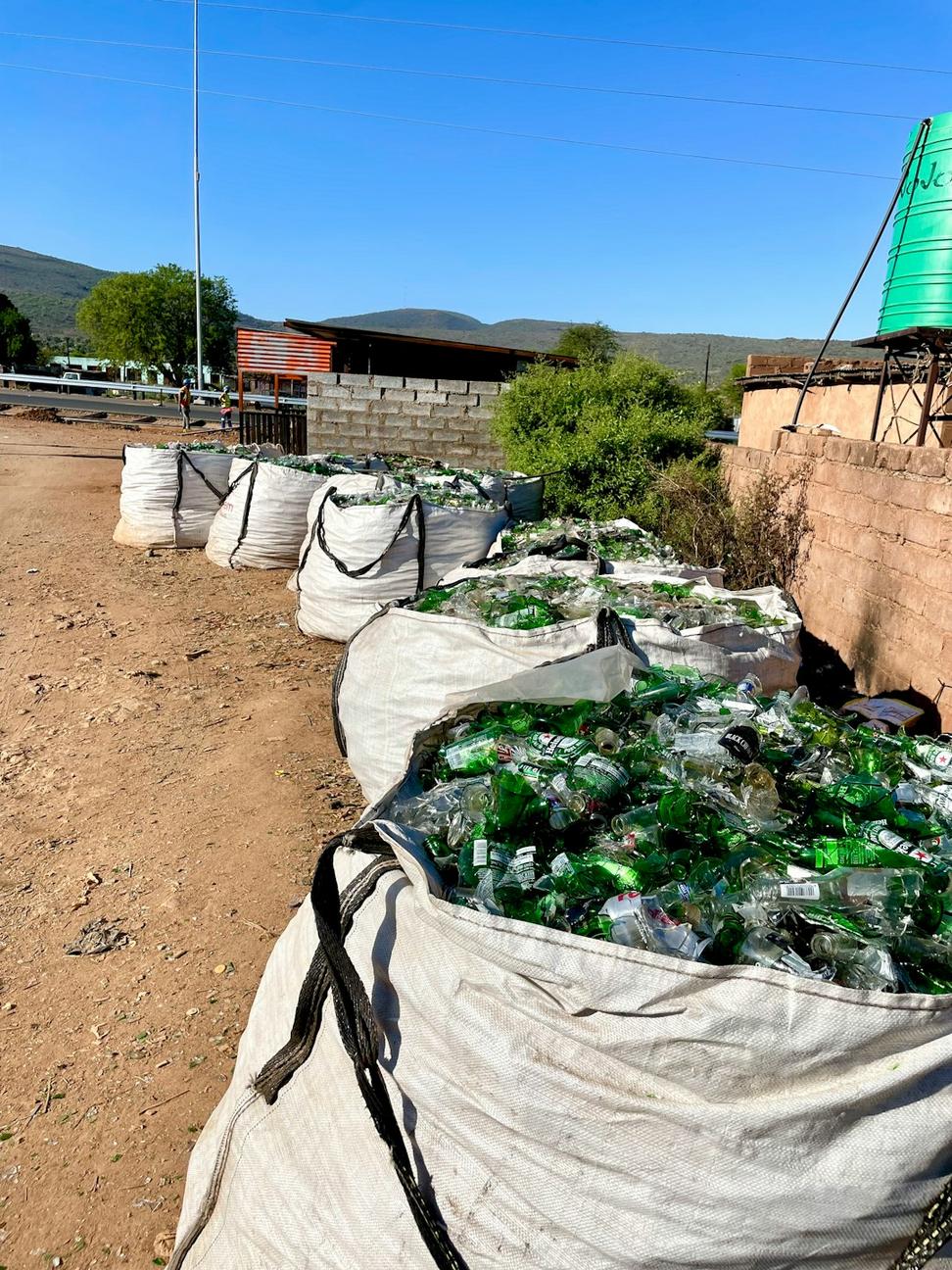
Construction phase is where theory meets reality. We're on site regularly making sure what we specified actually happens. Waste sorting, material protection, air quality during construction - details that separate green plans from green buildings.

We check back after occupancy. Are the energy numbers what we predicted? What's working? What isn't? Every project teaches us something that makes the next one better. That's how you improve, not by assuming perfection.
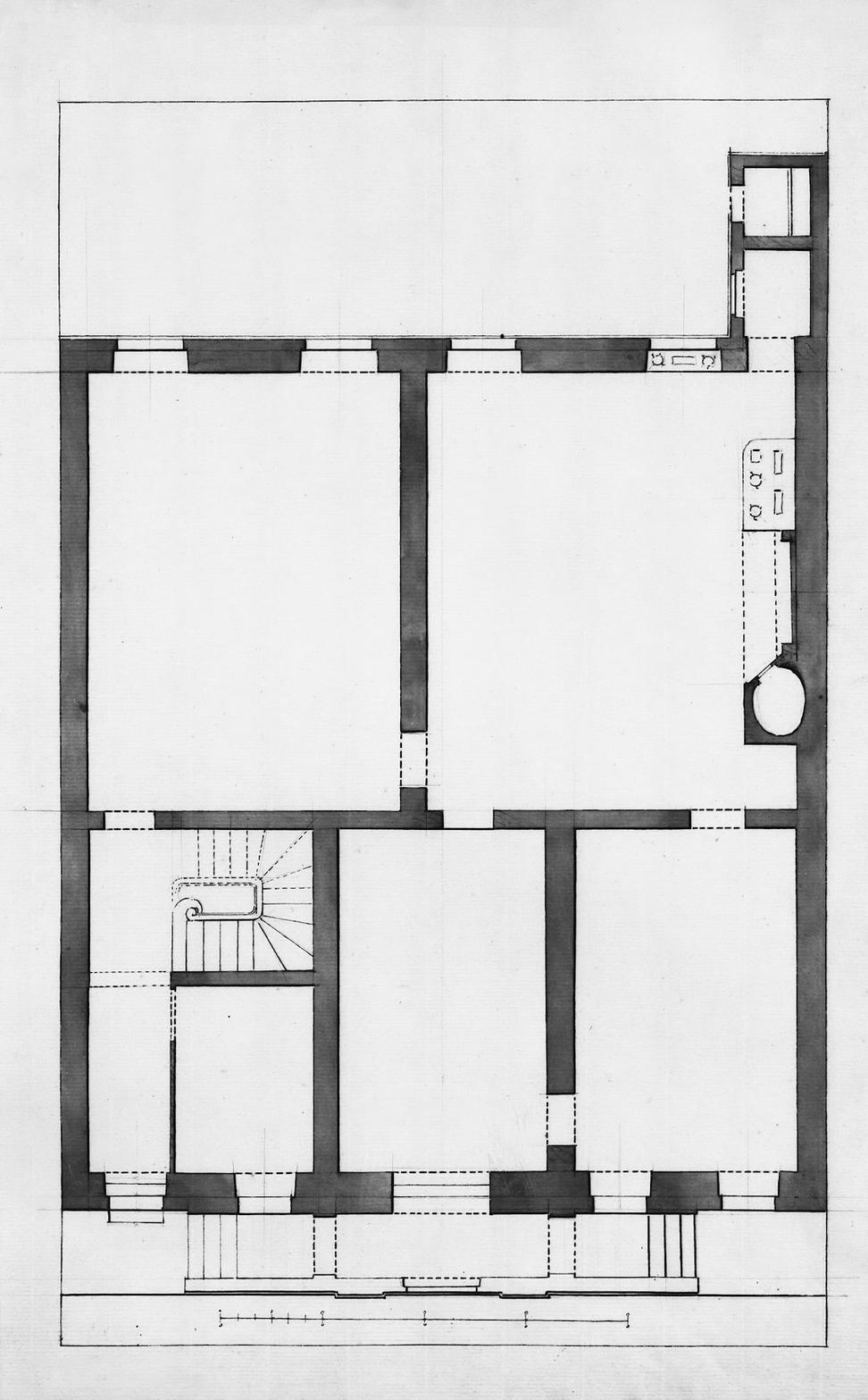
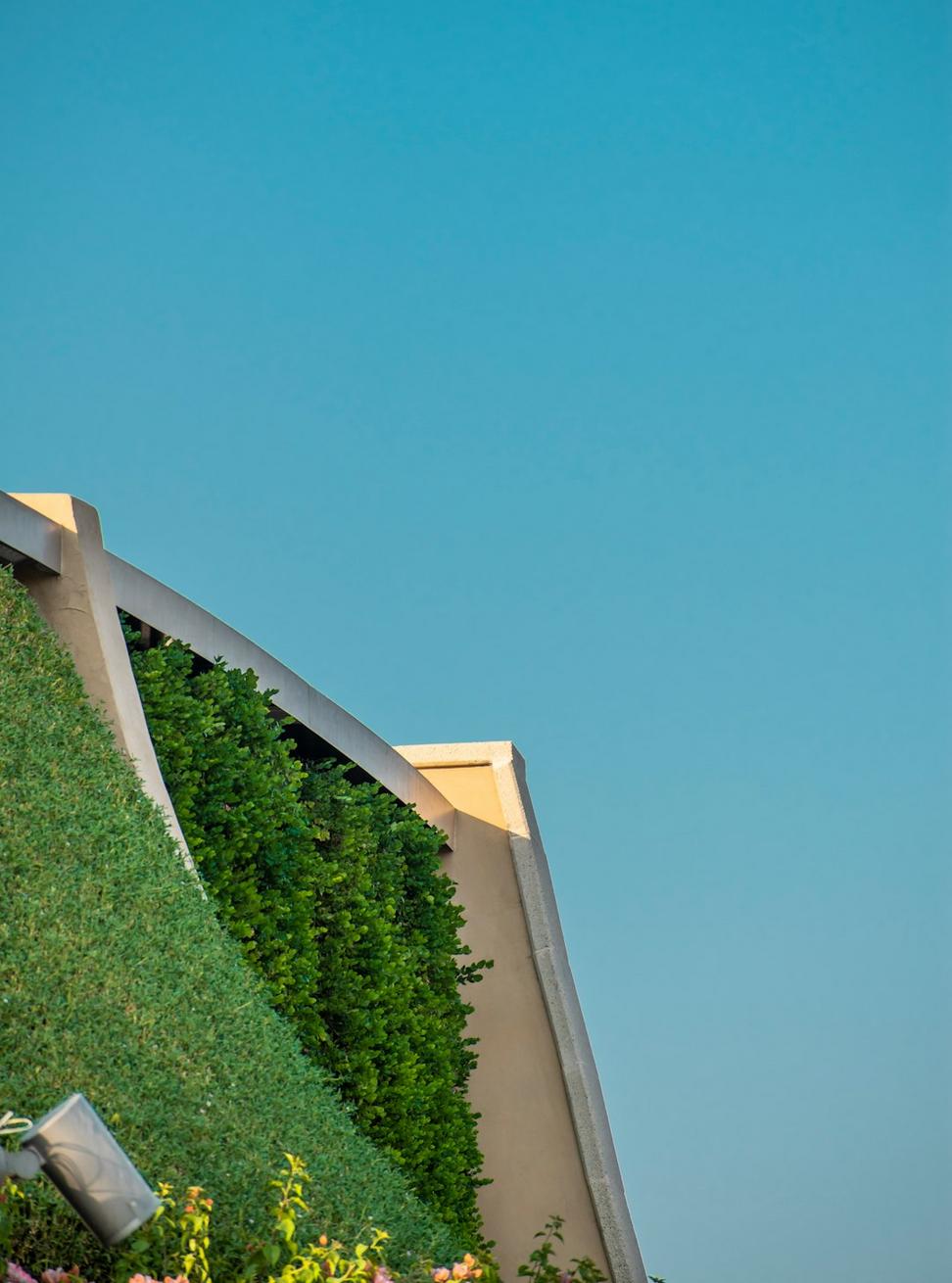
Here's something most people don't think about - restoring old buildings is incredibly sustainable. Those structures have already paid their environmental debt. The embodied energy's been sitting there for decades, sometimes over a century.
We've restored Victorian homes in Cabbagetown, updated Art Deco commercial buildings downtown, and brought 1920s warehouses into the 21st century. Each time, we're keeping tons of material out of landfills while preserving Toronto's character.
The trick is blending historic preservation with modern performance. Original windows can be restored and supplemented with storm panels. Old brick walls can be insulated from the inside without touching the exterior. You don't have to choose between history and efficiency.
See Heritage ProjectsBecause it's not always easy, and pretending otherwise helps nobody
Whether you're planning a new build or updating an existing property, we can help you make choices that'll save money and reduce impact. No pressure, just honest conversation about what's actually possible for your project.